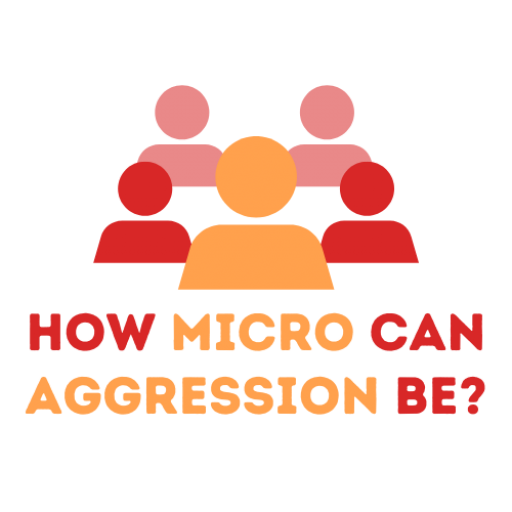Step 1: Introduction
The facilitator divides the group into smaller groups of 4, seated around a table or in a circle facing each other, far away enough from each other that they will not be distracted by surrounding discussions. Then the facilitator sets the ground rules for the training, explains what stereotypes and hidden biases are, informs the participants of the objective of this training, then gives directions about the exercise.
An example introduction:
Before we get started, I would like to set some ground rules so we can all engage in open and productive dialogue with each other where everyone feels supported and respected.
- Be reflective. Consider the impact of your words and how they might affect your peers.
- Take turns, allow everyone a moment to speak, and try not to disrupt others.
- Express disagreement in a respectful manner (do not attack the person, discuss the ideas).
Do you have a suggestion for additional rules that can promote open and productive discussion?
During this training we are discussing stereotypes: A stereotype is a belief or idea of what a particular type of person belonging to a particular group is like, such as “Dutch people are white, tall with blonde hair and blue eyes,” or “British people have bad teeth.” Both statements are not true.
Each of these groups a person can belong to experiences its own kinds of micro-aggression, depending on the stereotypes, prejudices and biases that exist about these groups. People belong to diverse groups at the same time. For example, you can be a woman, a lesbian, and a person of color. For each of these groups there are certain stereotypes, prejudices, and biases that can lead to micro-aggression. This cross-over of distinct groups and identities is called intersectionality.
The aim of this exercise is to make you aware of the many different stereotypes that exist and any potentially hidden biases that you have. You might already be aware of some, and this is good! Discussion and (self-)reflection are highly encouraged during this training because we want you to understand the harm these stereotypes and biases can cause and to learn to see beyond them.
We will do this through an informal and non-judgmental game of cards. I have with me a stack of 20 cards. Each group is given two cards, one per round, each round lasts 15 minutes.
- After you draw the first card, you will discuss a set of questions about stereotypes and one person will write down the answers on a paper.
- Then, I would like you to create a story for the person on the card that deviates from the stereotypes you’ve previously discussed. Nothing too complicated, just about who they are and what they do.
- Then we immediately move to the second round and repeat this process: 10 minutes to discuss the stereotypes, 5 minutes to create a story.
- After the second round, I would like each group to reflect on their findings, then tell the story they created about the people on the cards.
